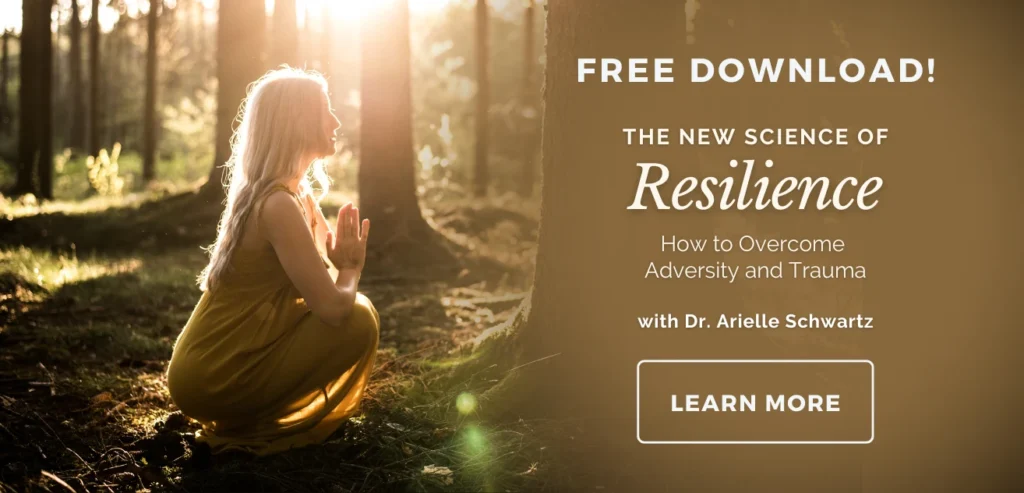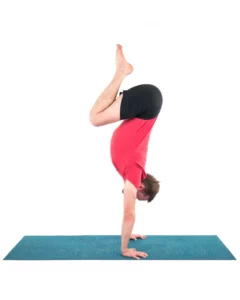What Is Somatic Yoga?

Somatics is a field of movement that emphasizes internal physical perception and experience. It’s based on the soma (or the body as perceived from within), so it’s a practice that deeply focuses on sensation and feeling to increase awareness, proprioception, and interoception. Yoga is considered to be the oldest and largest somatics discipline. However, the branch of somatic yoga is a more modern practice that takes these ideas from general somatics and applies them to the physical practice of asana to offer a less alignment-based approach and, instead, a more internally tuned practice.
What Is Somatics?

Somatics is a field of study and practice. It works across multiple disciplines, overlapping bodywork, movement and movement therapy, and psychotherapy. The word soma comes from ancient Greek and means “body.”
Somatics works with this concept of the soma to draw awareness and mindfulness to the physical form. This helps you better understand any tension or trauma stored within your tissues. It also helps you to explore joy and healing within your body through mindful exploration and judgment-free observation.
This whole process of exploring and observing within your unique body can help you release stale, unhelpful patterns, connect deeply with your intuition, establish balance and harmony across your physical tissues, and, ultimately, establish balance and harmony on a deeper level.
Practices like Feldenkrais, the Alexander Technique, and Rolfing are somatic methods of bodywork and movement. But, interestingly enough, somatics as a whole sure does sound a lot like yoga.
What Is Somatic Yoga?
 Traditionally, yoga has been a somatic practice, but it has also been commercialized and transformed in a modern context, diverting from its roots in many ways. So, a newer branch of yoga is touting a return to its roots in the form of somatic yoga.
Traditionally, yoga has been a somatic practice, but it has also been commercialized and transformed in a modern context, diverting from its roots in many ways. So, a newer branch of yoga is touting a return to its roots in the form of somatic yoga.
This style of practice has already infiltrated the modern yoga classroom. If you’ve ever heard a teacher say something like “Listen to your body” or “Find what feels good for your individual body,” then your practice has been inspired by somatic yoga.
Somatic yoga is meant to help you feel and become more embodied. Let yourself and your practice be led by how you feel rather than by external cues about alignment or appearance.
Somatic yoga uses slow and often gentle movements to create subtle sensations that can guide you through your practice. Ideally, it’s designed to help soothe and calm your nervous system while also reconnecting you with your physical form.
Somatic Yoga: Aligning the Whole Self

The practice is also very much about physically, spiritually, and emotionally aligning you with yourself. You explore the connections between your internal organs and musculoskeletal system through subtle movements. You explore the connections between your breath, your body, your nervous system, and, eventually, your mind.
Somatic yoga is more intuitive and less prescribed than a typical modern yoga class. Rather than being told to fold, bend, or press in a specific shape, like Triangle Pose (Trikonasana), somatic yoga invites you to explore various sensations. You often link movement with breath, typically quite close to the ground, with subtle, almost imperceptible outward movements.
Somatic yoga also tends to work closely with the systems of subtle anatomy, like the nadis (energy channels), chakras (energy centers), and pranic flow, codified most precisely by the ancient Tantric yogis. There is a lot of play and exploration with subtle energy to emphasize intrinsic, internal feelings over outward appearance and alignment.
Somatic yoga seems to rebound from the modern-day practice, which often emphasizes posture alignment and aesthetics over mindful awareness of transitions, breath patterns, and beyond. Somatic yoga sees this as a clear missed opportunity to feel rather than perform and strives to encourage practitioners to focus more on the experience and less on the appearance.
The Takeaway on Somatic Yoga

The idea of somatic yoga is that as you move slowly and mindfully, you can pay greater attention to how you move—how you initiate, flow through, and experience sensation within that movement.
The goal is to create complete awareness so you have greater mindful control over your movement and, ultimately, over your nervous system and mind. The idea is to become wholly embodied so you can truly experience your own body moving through time and space.
But you don’t necessarily have to go to a class labeled “somatic yoga” to reap the benefits of a somatic yoga practice. You can simply bring the same principles into your everyday practice. Move with mindfulness and a deep awareness. Listen carefully and without judgment to felt sensations. Focus on subtleties rather than searching for the most intense sensations. Approach your body and practice with a playful curiosity, and you might find your practice is completely transformed in all the best ways.
Also, read...
Vagus Nerve Activity Can Impact Cancer Prognosis, Research Shows
4 Yogic Tips to Make your New Year’s Resolutions Stick
Yoga for Mindful Eating: 12 Tips for Practicing Presence While You Eat
Related courses

Leah Sugerman is a yoga teacher, writer, and passionate world traveler. An eternally grateful student, she has trained in countless schools and traditions of the practice. She teaches a fusion of the styles she has studied with a strong emphasis on breath, alignment, and anatomical integrity. Leah teaches workshops, retreats, and trainings, both internationally and online. For more information, visit www.leahsugerman.com.



